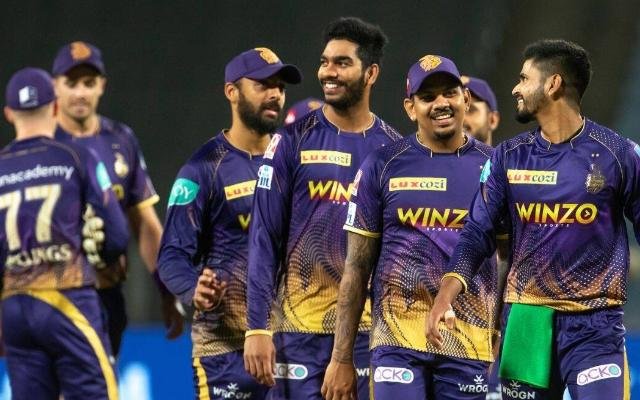Can Ravi Ashwin go past Anil Kumble’s wickets tally in Test cricket?

Indian spinner Ravi Ashwin recently bagged his 500th Test wicket in the third Test match against England. He became the ninth bowler to achieve this feat and second fastest in terms of matches (98) behind former Sri Lankan spinner Muttiah Muralitharan, who took just 87 games.
It’s no guess that Ashwin is going to break many more records as he is still a force to reckon with in the longest format. However, it will be interesting to see if he manages to breach Anil Kumble’s tally of 619 wickets and become India’s greatest Test spin bowler ever.
Let’s assess the situation and use statistics to predict whether Ashwin will be able to do the unthinkable or not.
The age factor

First of all, we have to consider Ravi Ashwin’s age. Having been born in 1986, he is already 37 years old and will be 38 this year. Even if he manages to keep himself fit, he will be able to play for 3-4 years more in the best possible case.
Vinoo Mankad is the oldest Indian player to play Test cricket at the age of 41 years and 305 days. In the 21st century, Misbah-ul-Haq remains the oldest player to play red-ball cricket at the age of 42 years and 351 days. Both were batters and the number comes down drastically when it comes to bowlers.
Gone are the days when some players used to play until 50 years of age. Nowadays, teams don’t prefer prolonging someone’s career and look to invest in young bloods instead.
Having said that, the Indian management will also look to groom the youngsters coming into the ranks from the domestic circuit. Ideally, Ashwin has a maximum of four years to get close to the tally of 619.
Limited opportunity
Next, we will look at the number of matches India plays every year. Unfortunately, the numbers haven’t seen an up despite the ICC introducing the World Test Championship (WTC). The Indian side has played 97 Test matches in the last test years (2014-2023).
If we go by these stats, they play around 9.7 Tests every year. We will round this to 10 matches per year to ease our calculations. In these many years, Ravi Ashwin got to play only 76 matches, which is 78% of total matches.
So let’s assume India plays 40 matches in the next four years and he gets to play 80% of the total games. By this, he will play another 32 games at max before putting curtains to his Test career. (Note: 20% miss is considerably a good fit as he doesn’t get many games overseas and injury is also a concern).
The calculation for Ravi Ashwin
Now we know that Ravi Ashwin has 32 Test matches more to chase the record, let’s find out how many wickets he is averaging per match. After 98 matches, he has 500 wickets, which results in 5.1 wickets per game. Now multiplying this by 5.1 to 32, we get 163 wickets approximately.
As we saw statistically 619 wickets isn’t too far away from Ashwin’s reach. However, we have to consider a few factors before jumping to the conclusion.
Key points to remember
Ravi Ashwin is not ageing backwards, so his performance might dip soon. With age, bowlers lose their sharpness on the field and if that happens, he will become less effective. His per-game average tally might get affected and go down drastically.
Secondly, at some time the Indian management will decide to groom the youngster. Maybe it will happen after the end of the ongoing WTC cycle. So there are high chances that the off-spinner might be given a secondary role in the side.
Last but not least, the spinner will still have to remain fit and avoid long injuries. His reflexes should be good enough to meet the high expectations. Not only bowling, he has to keep contributing with his batting to remain intact in the side.



